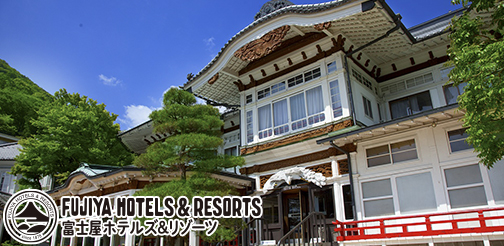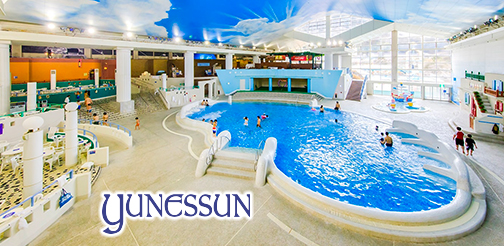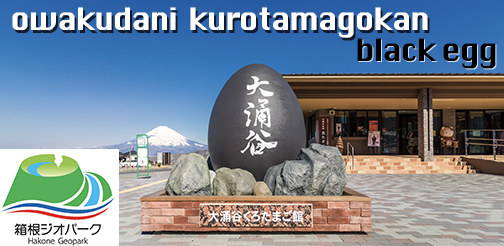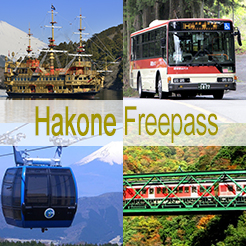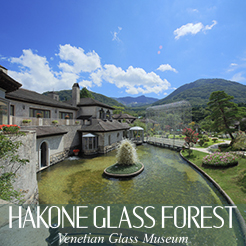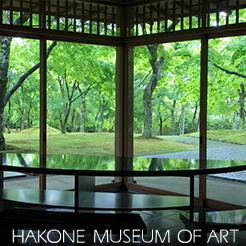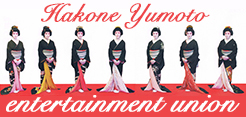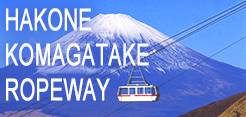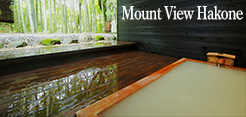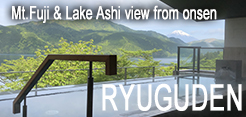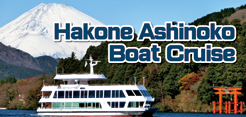Hakone Shrine
Hakone Shrine
Hakone Torii Gates
Hakone 9 Headed Dragon
This is one of the most photographed and shred spots in all of Japan. This shrine includes the vermillion red Peace Gates on the shores of Lake Ashi.Founded over 1200 years ago by the Buddist priest Mangan, this shrine has been a pilgrimage site for samurai, shogun, and travellers for centuries. The foundation myth of the Hakone Shrine is not clear, but involves a story of the surrounding shrines and the dragon that lives at the bottom of the lake. This is one of Hakone`s most visited and spiritually powerful spots. Powerful men and women have paid their respects at the shrine for ages.
Onsen Hot Springs
Manatei
Hakone Tenseien
Hotel Nanpuso
Hakone is one of the best and most popular places to enjoy hot springs in Japan. There are more than 20 distinct onsen areas that have water of differing qualities. There are many wonderful hotels and ryokan with onsen to enjoy, but there are also many beautiful places to enjoy during a day trip or for those looking to get many different experiences during their time here. Hakone is known as an “Onsen Theme Park” for the variety, quality, and amount of hot spring waters flowing from the earth. Many of the ryokan and hotels in Hakone also offer use of their facilities during the mid-afternoon before most of their guests have checked in, but here is a short list of some of the most popular day use only hot springs in Hakone.
Hakone Museums
POLA Museum of Art
Hakone Outdoor Museum
Okada Art Museum
The Hakone area is full of wonderful museums. Some of the museums hold world class collections and others cater to more dedicated guests and niche collections. The most popular is the Hakone Open Air Museum with the Picasso Pavilion. An impressive collection of western art, including Monet, Degas, Manet, Van Gogh are on exhibit at the POLA museum. The Okada Art Museum specializes in oriental art with gardens and architecture to also enjoy. There are also museums dedicated to the Local Crafts like Yosegi Zaiku, Venetian Glass, Dollhouses, and more. There are many places giving you insight and opportunity to learn and see beautiful world class art.
Hakone Ryokan and Hotels
Hotel Sasuiro
Kajikaso Hotel
Washintei Hougetsu
Hakone lies on the famed Tokaido Road which connects Kyoto and Tokyo. The mountains were the most difficult part of the trip and the Hakone area has been receiving and welcoming visitors and guests for centuries. Ryokan in the area have provided continued service for centuries. The ryokan stay differs from a traditional stay in a hotel in many ways. The rooms are often more traditional and futons are laid out for you to sleep in rooms with tatami mat floors. Staying in a ryokan gives you the opportunity to experience the traditional and refined method of Japanese hospitality. There are even ryokan in Hakone that date back hundreds of years that can transport you back in time. There are even some ryokan in Hakone that are registered with the national Japanese government as Significant Cultural Assets for the people of Japan. A high concentration of traditional ryokan are centered in the area of Tonosawa along the Hayakawa River running through the heart of Hakone. Some of these establishments were even featured in famous Ukiyoe, wood block prints, made by famous Japanese artists in the Edo era.
Hakone Ropeway and Owakudani
Hakone Ropeway
Owakudani
Hakone Ropeway
Owakudani is open to visitors again after a precautionary closure due to minor volcanic activity. This is a place to see, feel, and experience the power and beauty of nature and geology of the earth. The steaming vents are the main draw to this area, but there is more to do. Owakudani lies at the heart of the Hakone Geopark. Get wonderful views of Fuji and make sure to try the black eggs cooked in the boiling sulfur waters of the volcano. Each egg is said to add 7 years to your life! The Hakone Geopark encompasses and educates visitors about the unique features, insights, and geologic attractions in the area. Access to the Owakudani area is usually by ropeway. Take the Hakone Tozan train to Gora station > Ride the Cable Car up to Sounzan Station > Take the Ropeway to the steaming vents of Owakudani. The ropeway continues on to the shores of Lake Ashi where you can catch a boat headed for the Hakone Shrine area. This leg makes up the central part of the Hakone Golden Route.
Hakone Hiking
Lake Ashi Walking
Mt. Fuji Views
Kintoki Mountain and Hiking
Hakone is a mountainous region and there are many trails of differing difficulty and characteristics to be found in the area. You can take a leisurely 30 minute climb or challenge yourself to an overnight outer rim hike around the entirety of the area. One of the most popular hikes is Mt. Kintoki for the views of Mt. Fuji and connection to Japanese legends. There are many legends and tales to be found throughout the countryside in Japan. Kintoki Mountain is a real location connected to one of Japan’s most famous children’s tales. Kintoki Mountain is a hiking route starting in Hakone or Ashigara. The trail is steeped in legend and named after the legendary Japanese children’s tale, Kintaro. Kintaro is the story of a boy raised in the mountains with animals as friends. There are tales of him wrestling bears, running with deer, and chopping trees with his ever present ax. Kintaro was raised in the area and as you ascend the mountain you will pass the shrine dedicated to his spirit.


